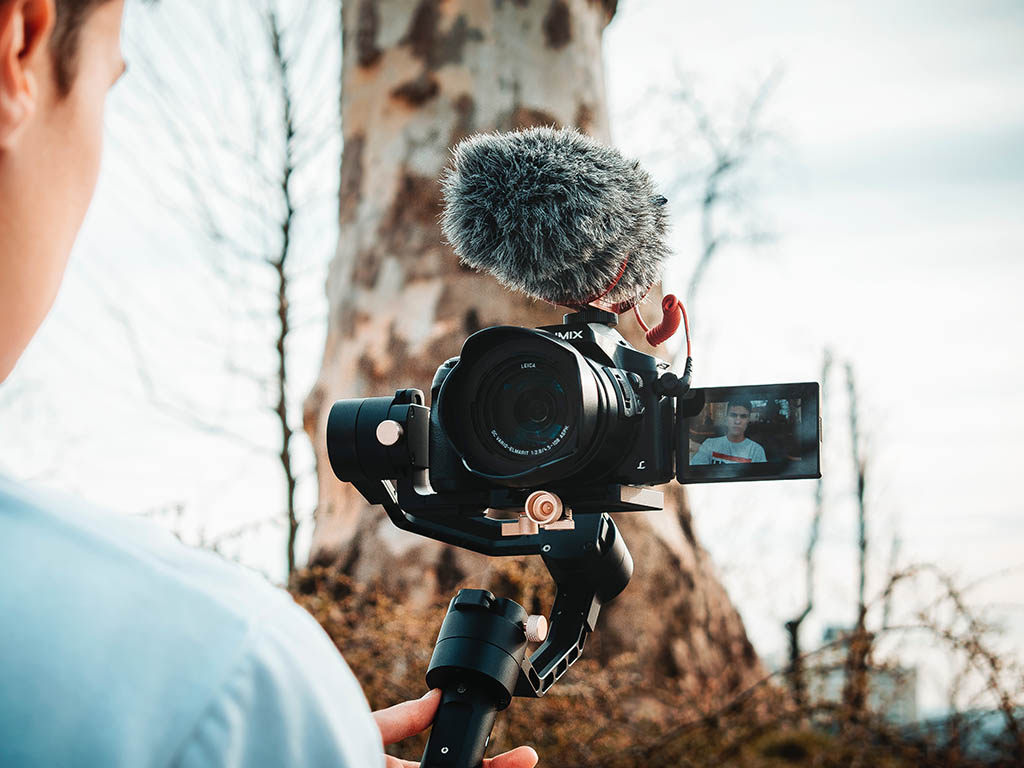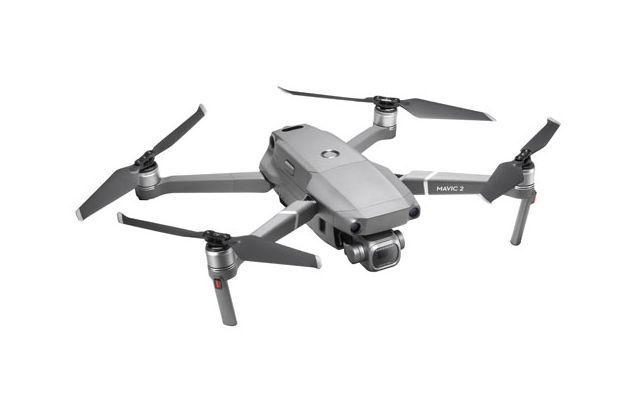
Remember the days of shaky handheld home video footage? When everything you shot at home was grainy and distorted and looked like total garbage? Well nowadays the only reason to have low-grade video footage is because your artistic vision requires that look. We live in an unprecedented era of technical innovation where we have access to gear that would have knocked the socks off indie filmmakers not so long ago. And one of those innovations is the gimbal—arguably the greatest technical innovation of our times.
Today I’m going to take a deep dive in to the world of hand-held stabilization and explain to you how the gimbal can change your life, forever.
What is a gimbal anyway?
First of all, the basics: What is a gimbal and how does it work? A gimbal is essentially a system that uses multiple independent rotating axes (as in, plural of axis) to counteract unwanted movements. It’s somewhat akin to how you might attempt to balance, say, a broom on your finger. The broom wants to fall one way or the other, but you can intuitively move the point of support in order to prevent it doing so, at least in theory! Similarly a gimbal can stabilize your camera, or phone, to prevent sudden unwanted movements. How does it do it? Well that’s probably more than we need to get into here, so lets just call it MAGIC!
Suffice to say there are two different types of gimbals used in videography, mechanical and motorized. We commonly think of the motorized type when we think about modern gimbals because they have come to dominate this space, but the mechanical type have been around for years and are still a viable option in many situations.
Create cinematic shots with a gimbal
So why are gimbals so popular? As I alluded to earlier, gimbals allow us to create shots that would otherwise be impossible, notably, handheld walking shots that look smooth and cinematic. Hollywood has been using the Steadicam to create smooth follow shots since the mid-seventies, but they are bulky and expensive. When DSLR and mirrorless cameras started offering HD video it opened up a whole new world of possibilities for smaller stabilization devices and the handheld gimbal became a viable option for shooters on a budget.
I should point out the a steadicam and a gimbal are not interchangeable; there are things that a steadicam can do that a gimbal can’t and vice versa. For example, a steadicam is great for turning sharp corners, whereas a gimbal tends to lag behind. However you can get creative angles with a gimbal that are impossible with a steadicam.
There are lots of gimbals to choose from
Nowadays we have a plethora of options for capturing beautiful, cinematic, stabilized shots. Aside from handheld gimbals we can also use drones to capture amazing aerial shots, even on windy days. You are probably familiar with the Chinese company DJI who are the leaders in the drone space, and for good reason. DJI has an incomparable range of drones from the entry level Spark to the Mavic 2 Pro, which can capture 4K video in 10 bit color at 100Mbps (very impressive specs, trust me).

Drone videos have become quite a phenomenon lately, with amazing Instagram accounts dedicated to curating the best ones and YouTube videos showing hours and hours of dreamy landscape shots accompanied by relaxing music. We often leave those playing in the background at home on our Samsung Smart TV. They always make me want to go out and create some drone footage of my own!
Smartphone gimbals are really useful
When my family and I traveled to Bali a couple of years ago I bought a DJI Osmo 2 to bring with me to use with my phone because I wanted to try and create something more than your average travel video. And in the end I was really impressed with what the Osmo was able to do, especially when combined with a dedicated video app that could unlock all the potential of the iPhone. Check out this video I shot entirely with the Osmo 2 on the tiny Indonesian island of Gili Air:
Some of my favourite shots in that video were actually made while I was riding a bicycle. The Osmo was the perfect tool for this style of shooting. You can easily operate the Osmo single-handedly as it has all the requisite buttons ergonomically integrated into the body. It is also a great piece of gear to travel with as it is well-designed, sturdy and also recharged by USB which means you don’t need to worry about foreign socket types.
Aside from straightforward video shots the Osmo 2 can also create some really great timelapse and motionlapse shots. Motionlapse is like timelapse but the gimbal actually moves the camera as it is doing the timelapse. The Osmo 2 also has a neat feature called ActiveTrack which tracks your face as you are shooting.
Check out this product video of the Osmo 2 that shows it off nicely:
The latest version of the Osmo is the Osmo 3 which has many of the same features as the Osmo 2, but is also foldable. One of the downsides of the Osmo 2 is that it’s a bit awkward to carry when you’re not shooting with it, so the fact that DJI has addressed this issue with the Osmo 3 is great.
Gimbals are great for mirrorless too
Having done so much shooting with the Osmo 2 I am definitely a gimbal fanboy and now that I’m shooting with a Sony a7III, one of the top mirrorless cameras on the market for video, I’m very excited to get my hands on a gimbal that can carry a little more weight, like the Feiyu Tech AK4000. As you’ll see in the video below, the AK4000 is a surprisingly nimble tool that can enable some incredibly creative shooting techniques.
I hope I’ve given you a good insight into the world of gimbals here—feel free to share your experiences in the comment section below!
Click here to see the entire range of gimbals available at BestBuy.ca



